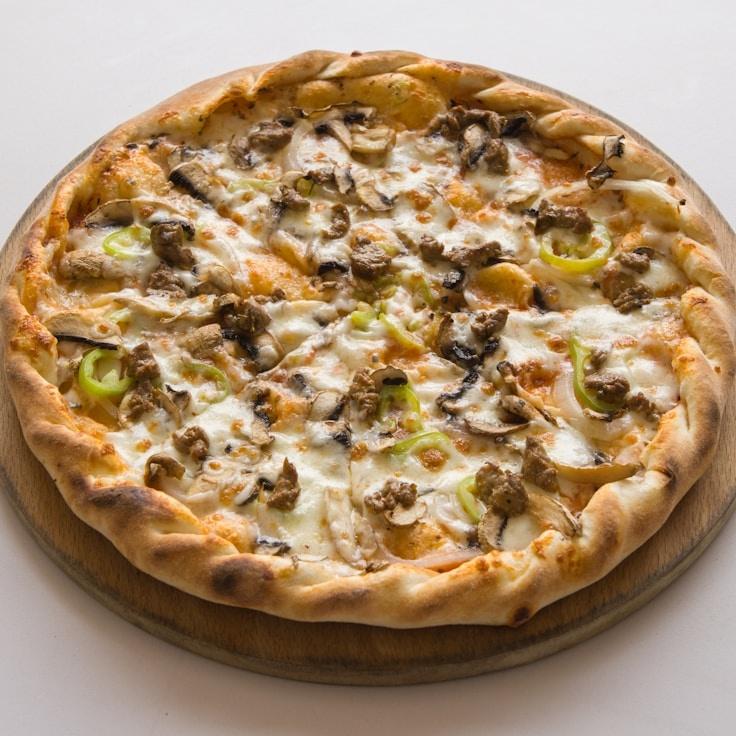At EveningTrail, we're passionate about creating pizza that transcends the ordinary, and it all begins with the dough. With over thirty years of refinement, our recipe has reached near perfection, and while we keep the exact details close to our hearts, we're thrilled to unveil certain elements that will empower you to replicate our top-notch pizza dough in your personal kitchen.
Choosing the Right Flour
Any stellar pizza dough derives from top-notch flour. We swear by 00 flour - an uber-fine Italian variety with a moderate protein content, about 12%, perfect for achieving a blend of robustness and delicacy in the dough. If 00 flour eludes you, a viable alternative is bread flour, noting a slight variance in the resulting texture.
Water: Temperatures and Ratios
The water's temperature is crucial for dough maturation and yeast activity. For gradual fermentation yielding a more refined taste, cold water at about 45°F (7°C) is preferred. Conversely, water at a warmer temperature of approximately 85°F (29°C) will expedite the fermentation process. The hydration levels should typically float between 60% and 70%, particularly for domestic ovens.
Fermentation: A Patient Approach
A lesser yeast quantity coupled with prolonged fermentation spells out the secret for a tastier dough. With just 0.2% fresh yeast compared to the flour's weight, our dough undergoes a 24 to 48-hour fermentation, a schedule that both enriches flavor and eases digestion.
The Critical Role of Salt
Salt isn't merely a flavor enhancer for your dough; it fortifies the gluten matrix and modulates fermentation. Our recommendation is fine sea salt at a 2.5-3% ratio to your flour's mass. Ensure to include salt after amalgamation of the flour and water has started, to avoid direct yeast contact.
The Fermentation Craft
Post-mixing, the dough should undergo initial room-temperature fermentation for about 2 hours. Subsequently, divide and shape it into distinct balls, store them in lidded containers, and refrigerate spanning 24-72 hours. It's during this cold fermentation phase that enzymes methodically convert starches into sugars, endowing both taste and the crust's caramelized appearance.
Handling the Dough with Finesse
When the pizza-making moment arrives, allow the dough to emerge from cold storage 1-2 hours prior to baking, permitting it to reach ambient temperatures. When handling the dough, maintain a light touch to preserve internal air pockets. Rather than rolling which compresses the dough, tenderly press and stretch with your fingertips.
Heating: The Final Detail
While our professional ovens can achieve 850°F (454°C), typical household ovens have a cap close to 550°F (288°C). To mimic our conditions, preheat a pizza stone or steel for a minimum of one hour, thereby delivering the potent bottom heat essential for a crispy yet pillowy crust.
The mastery of pizza dough is innately a learning experience — every batch holds a lesson about the craft. Keep a diary of your efforts, tinker with various elements, and eventually, you'll discover the perfect formula that resonates with your home's cooking ambiance.
For an up-close and personal tutorial on making our signature dough, consider joining us at our regular pizza workshops, where Chef Giovanni guides you through each step meticulously. To find out when, check our events schedule!

